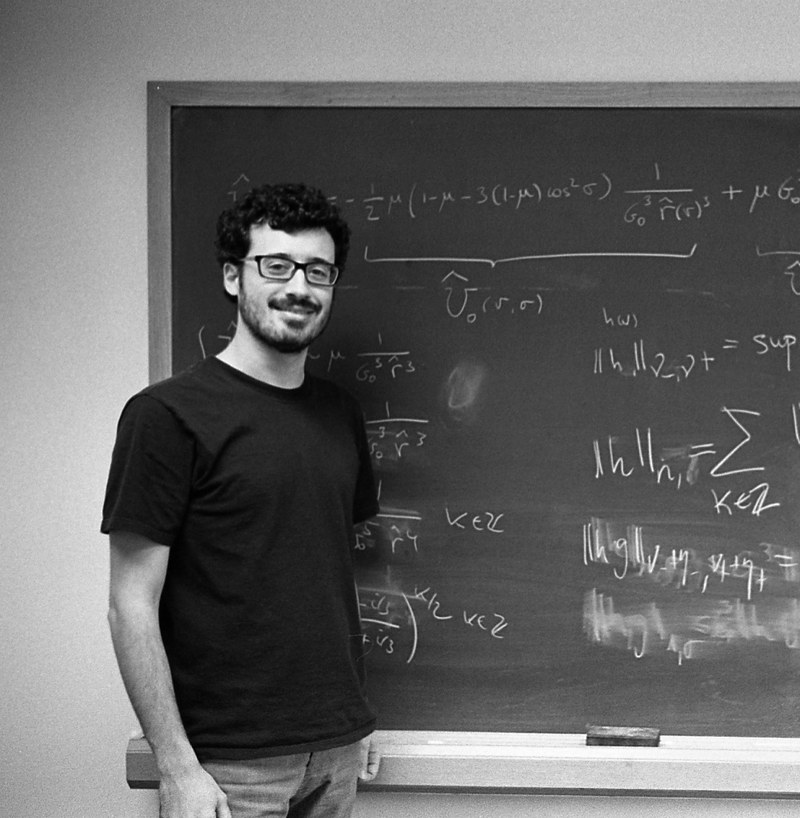IMTech Colloquium by Marcel Guàrdia (Universitat de Barcelona) on April 10 at 12:15pm (Sala d'Actes de la FME)
Mar 15, 2024
Professor Marcel Guàrdia (Universitat de Barcelona) will speak at the IMTECH Colloquium on Wednesday April 10 at 12h15 at Sala d'actes de la Facultat de Matemàtiques i Estadística (FME).
Professor Marcel Guàrdia is Full Professor at the Department of Mathematics at Universitat de Barcelona and affiliated at the Centre de Recerca Matemàtica. He is the Principal Investigator of the ERC Starting grant Haminstab and he has been distinguished with an ICREA Academia Prize in 2018. He is also the Scientific Director of the Maria de Maeztu award of the Centre de Recerca Matemàtica.
He obtained a PhD in Applied Mathematics from UPC in 2010. He has held post-doctoral positions at Penn State University, Fields Insitute (University of Toronto), University of Maryland at College Park, Institute for Advanced Study (Princeton) and Université de Paris 7 - Diderot. From 2017-2022, he was Associate Professor (Professor Agregat) at UPC.
His research interests are Hamiltonian Systems, Celestial Mechanics, Hamiltonian Partial Differential Equations, Arnol’d diffusion, Exponentially small phenomena.
Title: Unstable motions in Celestial Mechanics
Abstract: One of the oldest problems in dynamical systems is the stability of the Solar System. That is, consider N bodies moving following Newton's law of gravitation, one of them with large mass (the Sun) and the others with small masses (the planets). If one neglects, the gravitational interaction between planets, the classical Kepler's laws assert that the planets move on ellipses. Then, one wants to understand whether the effect of the planets mutual attraction causes long term changes on the shape and relative position of the Keplerian ellipses.
Nowadays, it is known that the answer to the stability of the Solar system is rather nuanced and that stability and instability coexist for nearby initial conditions. In this talk I will explain how to construct unstable motions in this model, which lead to drastic changes in the semimajor axes, eccentricity and inclination of these ellipses.
Link to the video of the talk:

Share: